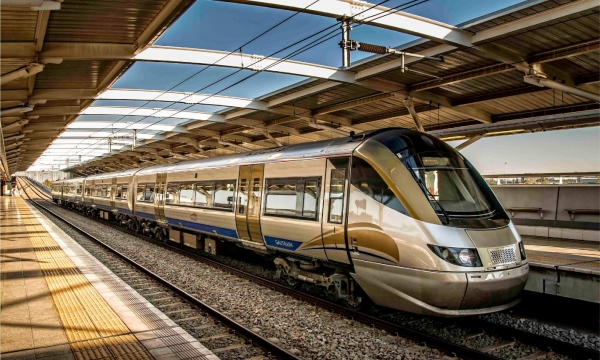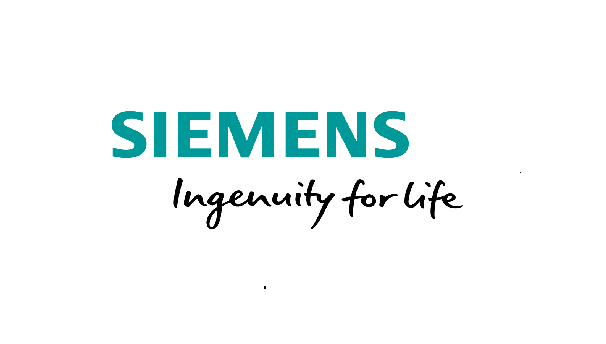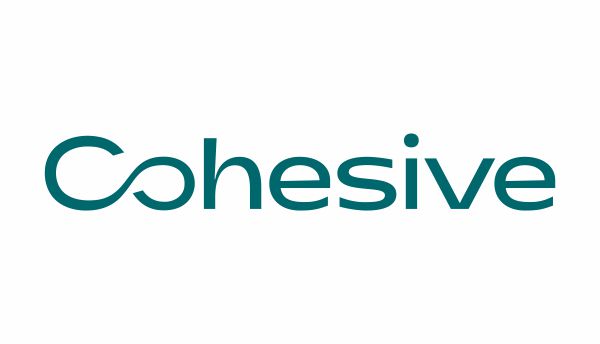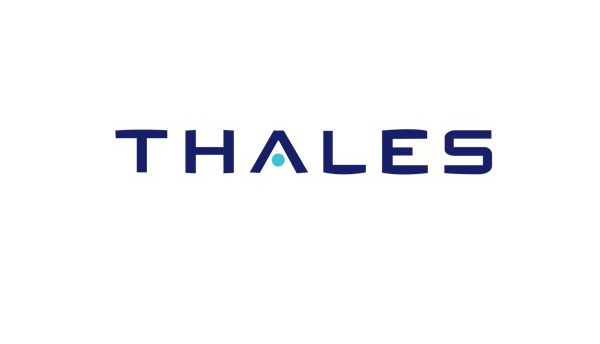
There is arguably no greater key to Africa’s fulfilling its potential than infrastructure. Estimates vary, but the infrastructure gap in South Africa between 2022 and 2030 has been estimated at close to $300 billion. Investments of this size would be considered large in any country, but at least South Africa has an example it can point to when making a case for the effectiveness of large investments in infrastructure: Gautrain Rapid Rail Link (Guatrain).
Not only is Gautrain South Africa’s first world-class, modern rapid rail and bus service, it is also the first high-speed urban train on the continent. Its impact, as this article will show, has been immense for South Africa’s biggest city, Johannesburg, and its province. It also sets a new standard for what South Africa is looking for from its infrastructure projects. Business Excellence dropped by to take a closer inspection.
Overview
The origins of Gautrain go back to the late 1990s, when Johannesburg’s traffic was beginning to ground to a halt. At the time, World Bank statistics show, South Africa had around 70 cars per 1,000 inhabitants.[1] In 2020, that number stood at 176.[2] As the industrial and economic heart of the country, Johannesburg in the Gauteng province, couldn’t afford to slow down. In the year 2000, the Gautrain was conceived.
After much public planning, the outline of a project soon began to appear. In 2006, the province signed a 19-and-a-half-year contract with the Bombela Concession Company (“Bombela”), which included giants of international engineering such as Bombardier, Bouygues, Murray and Roberts, and a series of minor shareholders. Their appointment was a pivotal one: The project was delivered on time and within budget in 2010.
Gautrain is a state-of-the-art 80-kilometre mass transit system, which connects Johannesburg, Pretoria, Ekurhueni, and O.R. Tambo International Aiport - Johannesburg’s principal passenger airport. Capable of reaching up to 160km/h, cutting the time it takes to travel from Johannesburg to Pretoria from around 75 to 35 minutes. It has an annual ridership of close to 14 million passengers.
Socioeconomic Impact
The efficiency mentioned in the previous paragraph is a game changer for the many commuters - particularly those taking more than one bus journey - into the economic epicenter of South Africa. In a study conducted by Gautrain in conjunction with the Gaunteng province in 2019, the scale of these socioeconomic benefits is quantitatively laid out. The impact includes jobs and investment, integrating previously unconnected regions, and environmental benefits.
The positive impacts include, but are not limited to the creation of 35,000 direct construction jobs and 10,900 direct operational jobs, an estimated 74 Rand in economic benefit every time a car journey is saved, approximately 12 billion Rand of salary delivered, and approximately 20.4 billion Rand contribution to GDP of Gauteng. From an environmental perspective, every commuter on the Gautrain saves an estimated 120 kilograms of C02 emissions per month.
What goes somewhat unnoticed in these headline figures, however, are the numbers that underpin them. For example, around 128 million Rand was invested to improve employee skill levels during the construction process - skills which they can take into other employment. During this period, women received over 5,000 5, months of training and over 120 women participated in the Leadership and Mentoring Programme for Electrical and Mechanical Works.
Extending the Line (And the Impact)
A new expansion of the Gauteng network forms the centerpiece of a 25-year integrated transport master plan that puts rail as the backbone of South Africa’s urban transport system. The plan is timely, given that recent projections show that the number of vehicles on South African roads is set to skyrocket in the next two decades, with peak-hour trips on key roads expected to take 70% longer than off-peak trips.
The expansion of Gautrain includes an investment of around 110 billion Rand on track, with 19 new stations, while a further 24.4 billion rand will be allocated to improving existing parts of the network to extend its reach to underserved areas. This will see an additional two million township residents gain access to the network, in turn unlocking more employment and education opportunities, as well as a safer and more sustainable mode of transport. It also will increase black-owned companies’ participation in the rail sector
GMA CEO, William Dachs identified that “Given the delays in approvals and the detailed design and planning, as well as land rights acquisition and the environmental authorisation process, a more realistic date for construction would be the end of 2024,”
Partners and Suppliers
At Gautrain, procurement is viewed as a strategic function that goes beyond mere purchasing. It is a carefully orchestrated process designed to source the highest quality goods and services while fostering strong relationships with suppliers. The company recognizes that effective procurement is essential for maintaining operational continuity, cost optimization, and meeting the evolving needs of its customers.
Furthermore, Gautrain places great importance on supplier diversity and local economic development. By actively engaging with local businesses and promoting the participation of historically disadvantaged enterprises, as it continues to contribute to the socio-economic growth of the communities it serves
A range of partners and suppliers help Bombela to ensure that Gautrain fulfills its mandate. On the technological side, these include Vetasi Limited IT systems, TK Control Systems, Afritrack Rail Logistics Solutions, Dimension Data Advanced Infrastructure, and e-Thele SQD Networks. Siemens Mobility Systems provided the train carriages, which are among the most sophisticated in the world.
On the mechanical and construction side, there are Concor Construction, Tractionel Enterprise, the electrical supply company, Prommac, HBS Africa Consulting Engineers and Project Managers, TJDynamic Development Practices, Emaglex Parks, and Prommac. Various other external service providers include SM Services, TJDynamic Development Practices, Traffic Barricade, and Bureau Veritas South Africa.
The Future
To date, Gautrain has transported in excess of 130 million passengers, with average punctuality of 98.4%, making it one of the most reliable passenger train services in the world. As much as an advertisement for FDI in Gauteng province and Johannesburg, it serves as a reminder to South Africa and Africa at large, about the impact that making large, long-term investments in infrastructure can have.
GMA and Bomebla strive to establish an enhanced and integrated transport system, catering to a wider audience and promoting the utilization of public transportation. The primary objectives include expanding our operations and fostering collaborations or partnerships with other Bus Rapid Transit (BRT) systems. By doing so, it aims to drive down costs for its valued customers while delivering a seamless transport experience. Gautrain’s commitment to these goals reinforces its dedication to providing efficient and affordable public transportation solutions.
Above all, Gautrain has raised the ambitions of Johannesburg and South Africa. In 2023, it was announced that Citibank would team up with the provincial government to fund a 1.4 billion Rand ($72 million) ‘megacity’ project and airport south of Johannesburg. It is just one of five sites that the province has identified, where it wishes to boost investment and job creation. Without the success of Gautrain, it’s unlikely that it would ever have been proposed.
DOWNLOAD
 GAUTRAIN - BE -Africa -2023_0.pdf
GAUTRAIN - BE -Africa -2023_0.pdf
















